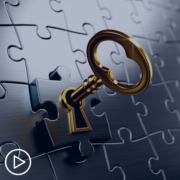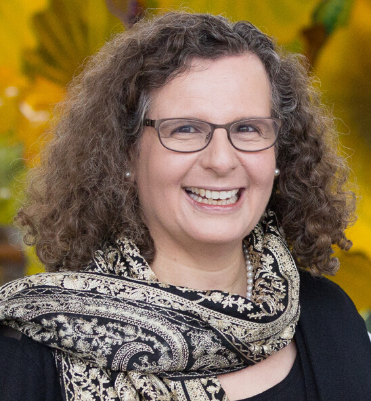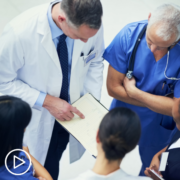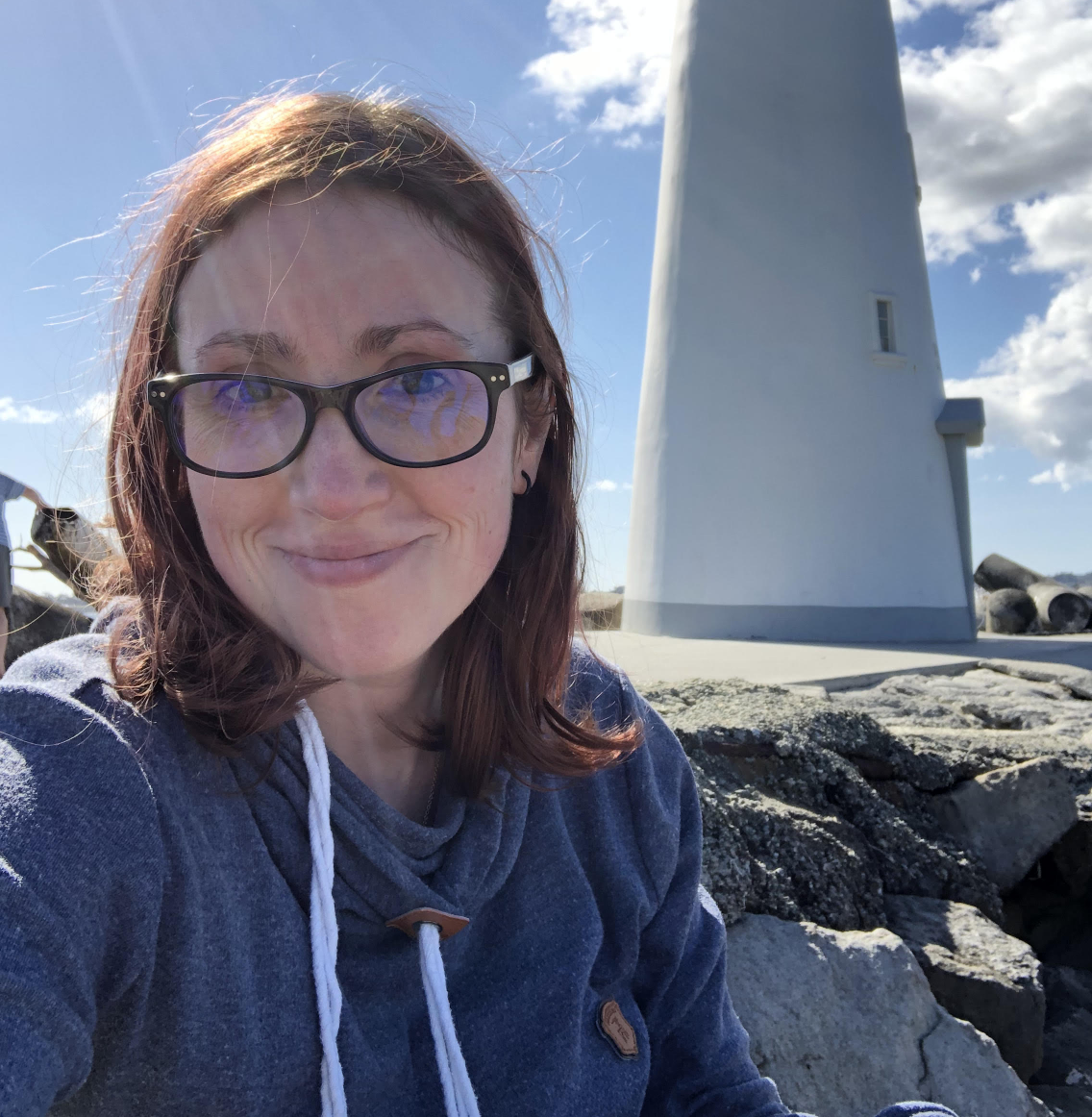Welcome to Digitally Empowered®!
A New Patient Empowerment Course from PEN
Empowered patients who are well-informed and take an active role in their care tend to have better health outcomes. With telehealth, patient portals, and research and treatment information all online, access to the internet has become critical to receiving quality care. However, the ability to access technology is one of the biggest hurdles to learning about health and making healthcare decisions. This hurdle creates a digital divide in healthcare where patients with access to the internet are more likely to have better treatment outcomes than patients who don’t have the skills or ability to use technology to their benefit. That’s a problem, but Patient Empowerment Network (PEN) has created a solution.
Digitally Empowered is a free and easy-to-complete, video-based course, created by PEN and made possible with the support and collaboration of Pfizer Oncology, that provides an opportunity for everyone to have equal access to healthcare resources on the internet. The course helps patients, and those who care for them, develop the skills necessary to access and use online health and support tools.
There is a clear need for programs like Digitally Empowered®. Only 12 percent of adults in the United States are able to obtain and understand the basic health information and services needed to make informed decisions about their care. Older patients are particularly vulnerable when it comes to health literacy because many patients age 65 and older don’t have digital technology skills. Digitally Empowered® is specifically tailored to help older cancer patients, and those caring for them, to be more tech-savvy, but the course has beneficial information to anyone who needs help managing their healthcare online, or who would like to better use online resources to improve treatment outcomes.
Research shows that patients make the best decisions about their care when they are armed with credible information. Patients who are able to access reliable and up-to-date information about cancer treatments can work with their care teams to receive the most personalized care and the best possible outcomes. The Digitally Empowered® course teaches patients how to get the latest credible information, research their conditions, ask pertinent questions, and take an active role in their care and treatment. The course teaches patients how to use the internet, social media, and mobile applications to help them search for information and to connect with other patients. No matter where they are in their cancer journey, the course will help cancer patients and care partners gain access to better cancer care.
To enroll in the Digitally Empowered® course, patients will need an email address. After a few simple steps to create login information there are clear instructions to guide patients through the program. Available in English and Spanish, the course is easy-to-follow, and is divided into ten parts, called modules. In each module, patients watch a short video, review a resource guide, and take a simple quiz to reinforce what was learned. While it’s not necessary to complete the course all in one sitting, the modules are meant to be completed in chronological order and take about ten minutes or less to complete. The entire course takes less than 90 minutes and automatically saves your progress along the way. If you need to leave the course at any time, you will pick up where you left off when you log back in.
In the first module, an animated version of PEN Director of Digital Communications and Engagement, Kara Rayburn, provides an introduction to the course and an overview of PEN’s mission to empower cancer patients and their care partners. She also introduces Carmen and Quincy, the program’s digital tutors. Carmen guides the course through each module and Quincy explains all the technical processes taught. The subsequent lessons take you through the rest of the course objectives which include learning how to access the internet, identifying credible resources and websites, learning the benefits of patient portals, using social media to connect and learn, navigating healthcare with mobile devices, using applications (apps) for convenience and fun, learning how to use telemedicine, and accessing and joining online support communities.
After completing all three steps of each module, participants earn a badge, and after completing all ten modules, they get a certificate of completion. Patients also receive emails of encouragement after the completion of each module. In the end patients will have gained the skills they need to use the internet to empower their cancer journey, but they will also be able to get continued support. Course participants are encouraged to join the Digitally Empowered® Facebook group and to sign up for the Digitally Empowered® newsletter. In addition, course participants can return to the modules to watch the videos and access, or download, the review guides at any time. There is also a Frequently Asked Questions page should anyone get stuck or need help along the way.
The course equips patients with the ability to research their diagnosis, navigate telehealth, and forge beneficial connections to others in the cancer community, all of which could lead to life-changing outcomes. Digitally Empowered was created to help all patients become knowledgeable about their diseases, because where there is knowledge there are choices, and where there are choices there is hope.
Hope for better health outcomes and the Digitally Empowered® course are both available at iamdigitallyempowered.org, and additional support provided by Pfizer can be found at thisislivingwithcancer.com.
Jennifer Lessinger is a professional writer and editor who learned the value of patient empowerment during her struggle with a hard-to-diagnose and complex endocrine disorder.

















